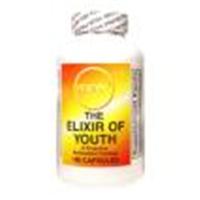
Los Angeles: Scientists in California have used biochemical signals to rejuvenate elderly bodily tissues in mice.
Research by Dr Morgan Carlson, published in the journal Nature, was overseen by Irina Conboy, associate professor at UC Berkeley.
Professor Conboy said: “We don’t realize it, but as we grow our bodies are constantly being remodeled. We are constantly falling apart, but we don’t notice it much when we’re young because we’re always being restored. As we age, our stem cells are prevented, through chemical signals, from doing their jobs.”
“When old tissue is placed in an environment of young blood, the stem cells behave as if they are young again,” according to the Berkeley press release.
Essentially, the Californian researchers were able to persuade muscle tissues in some mice that they were young again.
“Interestingly, activated Notch competes with activated pSmad3 for binding to the regulatory regions of the same CDK inhibitors in the stem cell,” said Professor Conboy.
“We found that Notch is capable of physically kicking off pSmad3 from the promoters for the CDK inhibitors within the stem cell’s nucleus, which” – as any fool would realise – “tells us that a precise manipulation of the balance of these pathways would allow the ability to control stem cell responses.”
Altering the Notch and pSmad3 levels using “an established method of RNA interference” allowed Conboy and Carlson to manipulate TGF-beta proteins and fire up the dormant stem cells of a group of elderly mice.
“When we are young, there is an optimal balance between Notch and TGF-beta,” according to Conboy. “We need to find out what the levels of these chemicals are in the young so we can calibrate the system when we’re older. If we can do that, we could rejuvenate tissue repair for a very long time.”
Read more at Pathways to the Fountain of Youth
